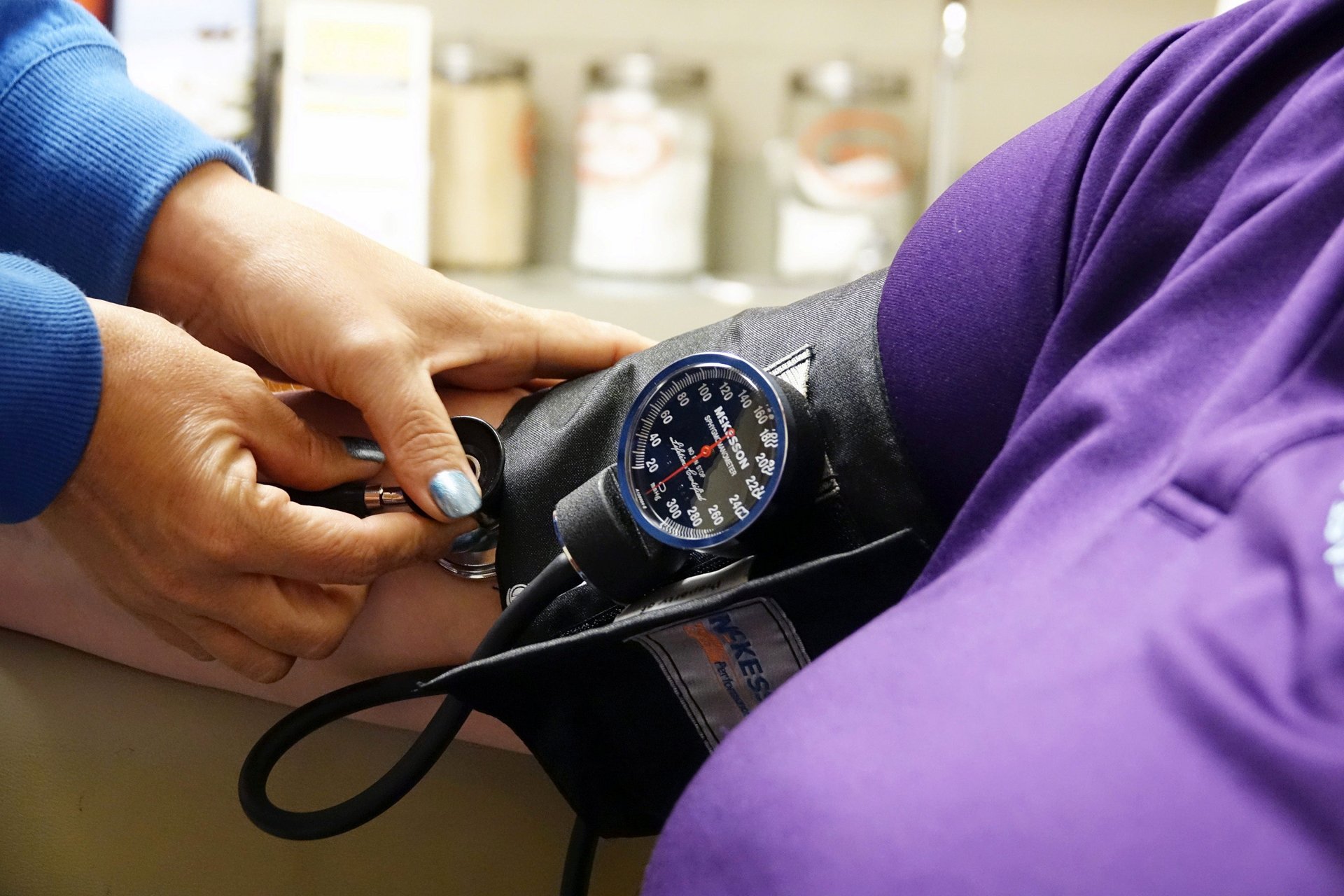Medicaid's continuous enrollment ends today. Up to 14 million Americans could lose their coverage
The pandemic-related provision led to the lowest uninsured rate ever, but it ends March 31

A thin silver lining of the pandemic in the US has been that more people have been insured than ever before. Early in the emergency, the federal government increased Medicaid contributions to states by 6.2% with a condition: Anyone who qualified for Medicaid coverage—be it due to loss of job or otherwise—had to be offered continuous enrollment, even if their circumstances changed, until the end of the quarter in which the emergency declaration was over.
Suggested Reading
In other words, until today.
Related Content
Beginning tomorrow, Apr. 1, states will start the redetermination process, during which they go through the list of those who have been automatically reenrolled through the emergency period and decide whether they still qualify for coverage based on the state’s requirement.
According to an estimate from the Kaiser Family Foundation (KFF), a non-profit focused on healthcare policy research and analysis, the redefinition will cause loss of coverage for at least 5 million people—and up to 14 million.
An unprecedented rate of insured people
As of October 2022, more than 92 million people (including about 42 million children) were enrolled in Medicaid and the Children’s Health Insurance Program (CHIP). That is a 29% increase since February 2020, or over 20 million more enrolled people.
This is because people continued to be kept on Medicaid if at any point they qualified, unless they preferred otherwise. It cost more to states, though KFF estimates the 6.2% increase in federal funding more than made up for it.
As a result, America’s uninsured population (among those not eligible for Medicare) reached a historic low: In 2021, 27.5 million people (or 10.9% of the non-elderly population) were uninsured, compared to 28.9 in 2019 (10.2% of the non-elderly).
Now, states will again be allowed to go through their Medicaid enrollment rolls and withdraw coverage. The Department of Health and Human Services (HHS) estimates that as many as 6.8 million people, or nearly 8% of enrollees, might lose coverage even if they still qualify, based on previous pattern of redetermination and disenrollment.
The return of the churn
One of the reasons the Medicaid rolls swelled during the pandemic is that the continuous enrollment provision was very effective at preventing churn. About 10.4% of people experience gaps in coverage as a consequence of disenrollment and re-enrollment. The administrative and bureaucratic hurdles can be a barrier to enrollees, not to mention an unnecessary cost to the states.
With the return of pre-pandemic enrollment rules, specific categories are at higher risk of losing coverage even if they qualify: people with disabilities, those who don’t speak fluent English, and those who moved during the pandemic. In 2020, as many as 10% of Medicaid patients changed address within the same state, which could lead to challenges in enrollment.
An estimated 1% changed states, which can also complicate things, as Medicaid eligibility varies by state. Utah, Idaho, Nebraska, Oklahoma, Missouri, and South Dakota all adopted the Medicaid expansion between 2020 and 2022. North Carolina approved a Medicaid expansion on Mar. 27.